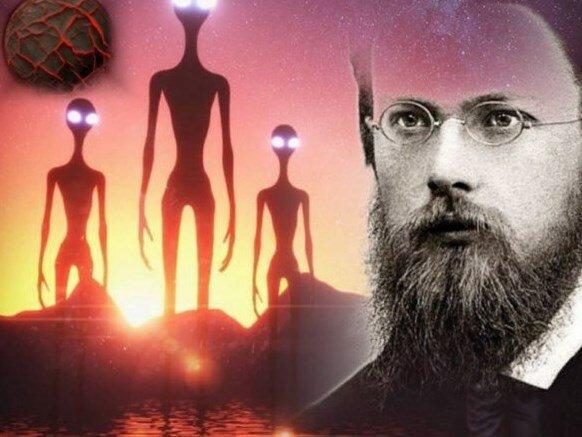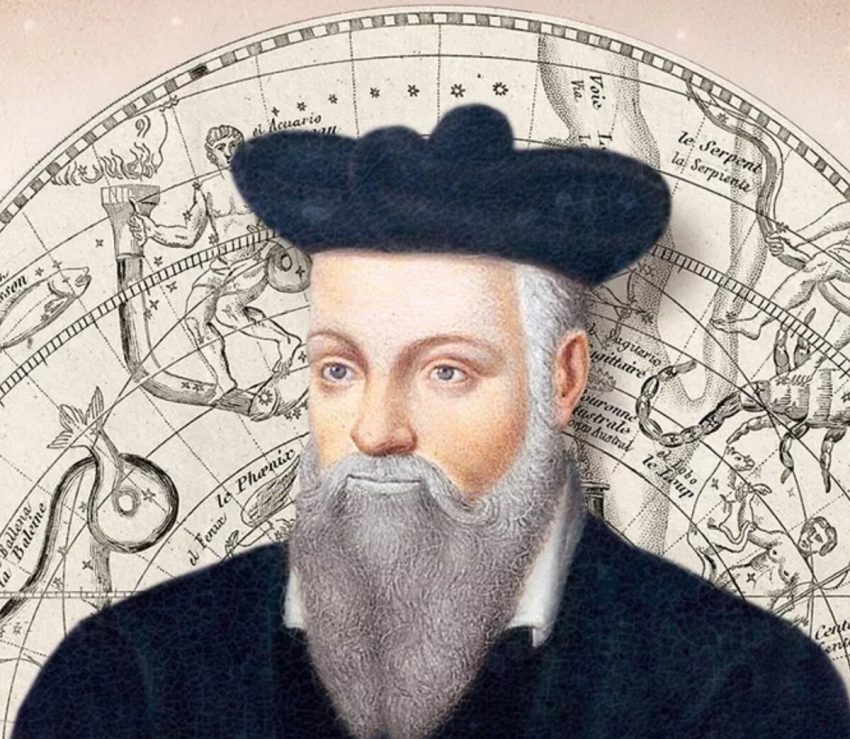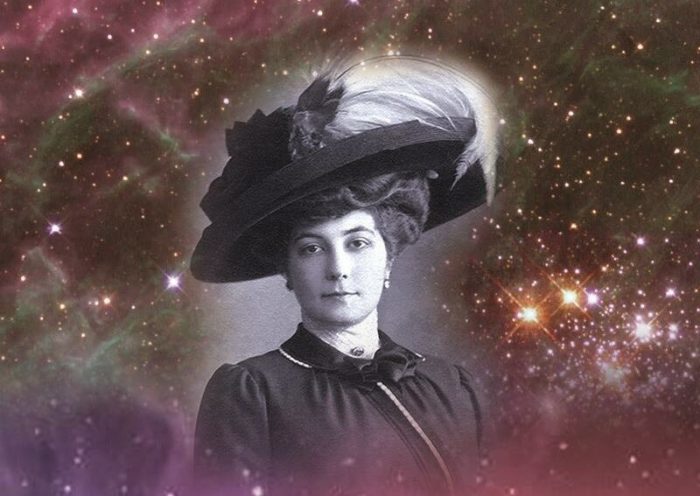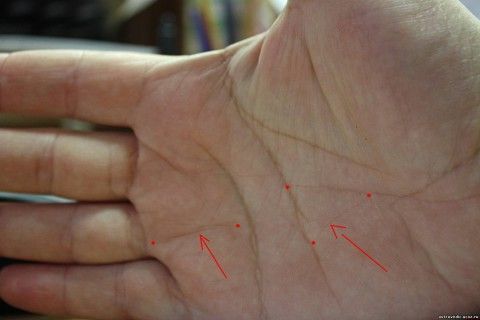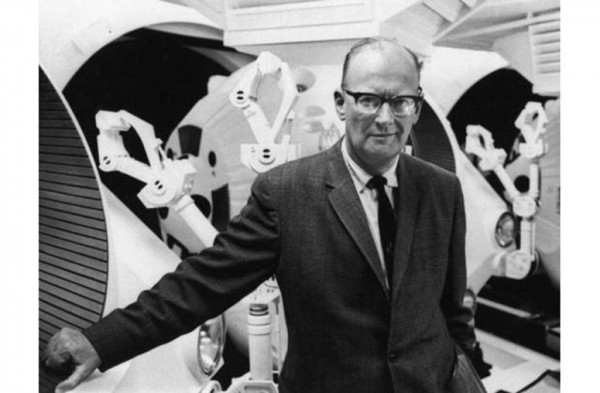Mayan prophecy coming true
Many scientists believe that the days of mankind are numbered, they find more and more evidence in the predictions of the Maya.
Ancient Mayan artifacts have been closely studied not only by archaeologists, but also by conspiracy theorists. Scientists could not believe that this people had all the cards for the future of their heirs and was even able to name the exact date of the apocalypse. Scientists have confirmed the Mayan prophecy about the end of the world, and astronomers assure that a deadly planet has been discovered in the region of a distant star system.
The planet, which is about 20 percent smaller in radius than Neptune and has a mass of 20 Earths, is very close to its star, orbiting once every 1.3 days. Being this close to a star means it’s warming up to 1,000 degrees Celsius. Experts note that if the killer planet has such a high temperature, then it should not only be hot, but also be fiery red. And it is this bloody planet that is similar in description to the one mentioned by the representatives of the Maya.
Ufologists add that the planet was “found” now not by chance. After all, it is in June that many experts predict the end of the world. According to official data, this planet is called NGTS-4b, perhaps it is the Nibiru that ufologists often talk about. It is the first exoplanet of its kind discovered by scientists in the “desert of Neptune”. “This planet should be rigid — it is in exactly the zone where we expected that Neptune-sized planets would not be able to survive,” the scientists say.
It was also previously reported that a new planet was discovered in the Universe, the existence of which was considered completely impossible. The planet is unique and scientists have now taken up its study. The exoplanet has already received the name – NGTS-4b. It is slightly smaller than Neptune and three times the size of the Earth and 20 times heavier. It is located much closer to its star. Experts were sure that this is simply impossible. Calculations showed that the surface temperature of the new planet is up to a thousand degrees Celsius. It orbits its star in 1.3 Earth days. Scientists are surprised by their discovery. They claim that this is the first such cosmic body that was discovered in the “Neptunian desert.” The fact is that in this area all objects are affected by strong radiation, and the planets cannot preserve their gaseous atmosphere. But NGTS-4b has it.
